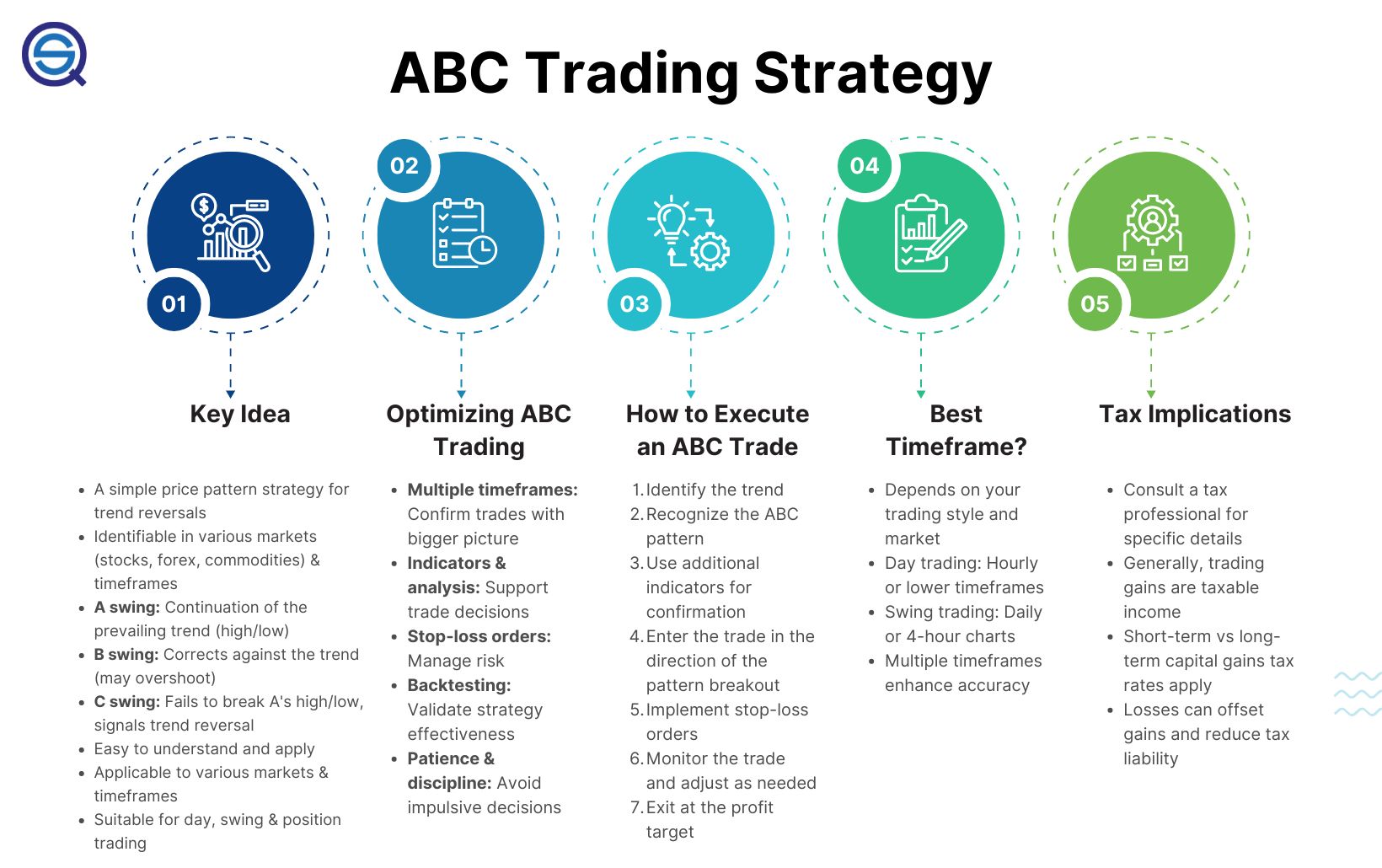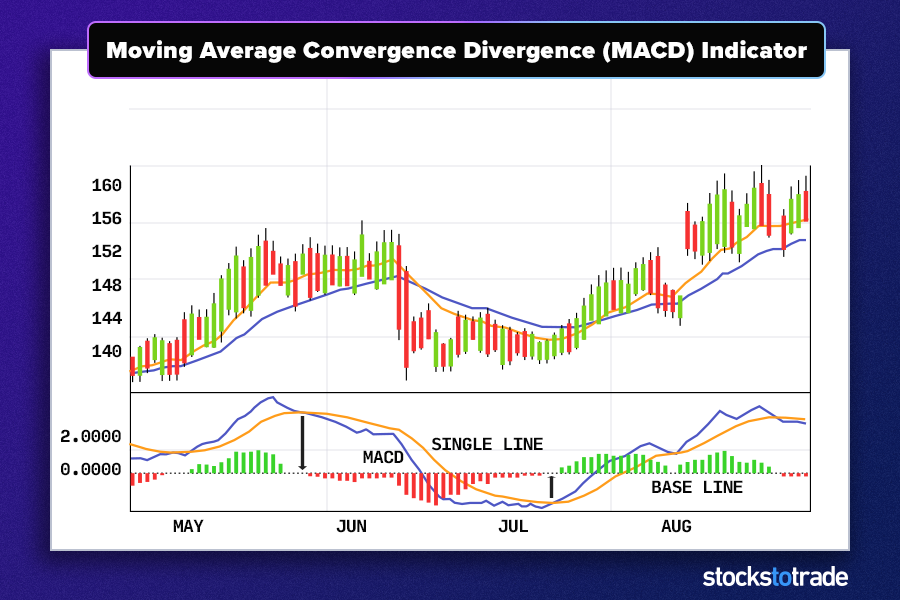Did you know that a poorly timed trade can feel like trying to catch a falling knife—exciting but often painful? In this article, we delve into the most common mistakes in day trading reversal strategies that can trip up even seasoned traders. From the dangers of emotional trading and the importance of market trend analysis to the crucial role of risk management, we've got you covered. You'll learn how to avoid overtrading, the pitfalls of relying solely on technical indicators, and the impact of poor timing. Additionally, we’ll discuss how a lack of a trading plan and ignoring market news can lead to costly errors. By understanding these key points, traders can enhance their decision-making and set realistic profit targets. Let's navigate the complex world of reversal strategies and improve your trading success with insights from DayTradingBusiness!
What are the most common mistakes in day trading reversal strategies?
1. Ignoring market trends: Traders often bet against the prevailing trend without confirming signs of a reversal.
2. Poor risk management: Failing to set stop-loss orders can lead to significant losses if the trade goes against them.
3. Overtrading: Entering too many positions based on emotion rather than analysis increases risk and reduces focus.
4. Lack of confirmation: Relying solely on patterns or indicators without additional confirmation can lead to false signals.
5. Inadequate preparation: Not researching or understanding the asset being traded can result in poor decision-making.
6. Chasing losses: Trying to recover from previous losses by increasing position sizes can lead to bigger mistakes.
7. Neglecting news and events: Ignoring economic reports or events that can impact price movements leads to missed opportunities or unexpected volatility.
8. Using inappropriate time frames: Choosing the wrong time frame for trades can distort signals and lead to premature entries or exits.
How can emotional trading affect reversal strategy decisions?
Emotional trading can significantly distort decision-making in reversal strategies. Traders might hold onto losing positions longer due to fear of loss, missing the ideal exit point. Conversely, greed can lead to premature entries, chasing price movements without proper confirmation. Stress and impatience may result in overtrading, complicating strategy execution. To counteract these emotional influences, traders should stick to their plans, use stop-loss orders, and maintain a disciplined approach. Recognizing emotional triggers can help in making rational, informed decisions aligned with reversal strategy goals.
What role does market trend analysis play in reversal strategies?
Market trend analysis helps identify potential reversal points by highlighting shifts in price direction and momentum. It allows traders to spot overbought or oversold conditions, signaling possible trend reversals. Understanding these trends helps avoid common mistakes, such as entering trades too early or failing to confirm a reversal with volume or other indicators. By incorporating market trend analysis, traders can make more informed decisions, reducing the risk of losses in their reversal strategies.
Why is risk management crucial in day trading reversals?
Risk management is crucial in day trading reversals because it protects your capital from significant losses. Reversal strategies often involve volatility and uncertainty; without a solid risk management plan, a single bad trade can wipe out profits. Setting stop-loss orders helps limit losses and maintain discipline. Position sizing ensures you don't risk more than a small percentage of your account on any trade. Proper risk management allows you to stay in the game longer, learn from mistakes, and adapt your strategies effectively.
How can traders avoid overtrading when using reversal strategies?

Traders can avoid overtrading with reversal strategies by setting strict entry and exit criteria based on technical indicators. Use well-defined stop-loss levels to manage risk and stick to a trading plan that outlines the maximum number of trades per day. Focus on quality setups rather than quantity; wait for clear signals like candlestick patterns or divergence. Regularly review your trades to identify emotional triggers that lead to overtrading, and implement a routine to pause after a losing streak. Lastly, maintain a trading journal to track performance and refine your strategy, ensuring discipline in your approach.
What are the pitfalls of relying solely on technical indicators?
Relying solely on technical indicators can lead to several pitfalls in day trading reversal strategies. First, indicators can generate false signals, resulting in costly trades. They often lag behind price movements, causing traders to miss opportunities. Additionally, technical indicators don’t account for market sentiment or news events, which can significantly impact price action. Over-reliance on them may also lead to ignoring essential factors like risk management and position sizing. Lastly, traders might become too mechanical, losing sight of the broader market context and making impulsive decisions.
How does poor timing impact reversal strategy effectiveness?
Poor timing can significantly reduce the effectiveness of reversal strategies in day trading. Entering a trade too early can lead to losses if the price continues to trend against your position. Conversely, entering too late might mean missing the optimal profit point as the price quickly reverses. Inaccurate timing can also increase risk exposure, making it harder to manage stops effectively. Ultimately, without precise timing, traders may find their strategies fail to capitalize on potential reversals, leading to missed opportunities and unnecessary losses.
What mistakes do beginners make when identifying reversal patterns?
Beginners often mistake identifying reversal patterns by relying too heavily on one indicator, ignoring market context, or jumping in too early. They may misinterpret patterns like head and shoulders or double tops due to insufficient confirmation signals. Additionally, many overlook volume trends, which are crucial for validating reversals. Emotional trading can lead to impulsive decisions, causing them to act on patterns that aren't fully formed. Finally, they might fail to set proper risk management strategies, increasing their exposure to losses.
How can lack of a trading plan lead to failure in reversal strategies?
Lack of a trading plan can lead to failure in reversal strategies by causing impulsive decisions and emotional trading. Without a clear plan, you may enter trades based on gut feelings rather than analysis, increasing the risk of losses. A solid trading plan outlines entry and exit points, risk management, and criteria for identifying reversals. Without this structure, you may miss key signals or hold onto losing positions too long, ultimately undermining your strategy and profitability.
What are the consequences of ignoring market news and events?

Ignoring market news and events can lead to significant losses in day trading reversal strategies. Without awareness of economic indicators, earnings reports, or geopolitical developments, traders may miss critical price movements. This oversight can result in entering or exiting trades at the wrong time, amplifying risk. Additionally, it can create missed opportunities for profit as market sentiment shifts rapidly. Staying informed helps traders align their strategies with actual market conditions, reducing the likelihood of costly mistakes.
How does trading without proper discipline affect reversal success?
Trading without proper discipline can significantly hinder reversal success. Lack of discipline leads to impulsive decisions, causing traders to enter or exit positions prematurely. This often results in missed opportunities or losses when the market reverses in their favor. Without a solid plan, traders may ignore key signals or risk management strategies, increasing the likelihood of emotional trading. Ultimately, inconsistent actions prevent traders from capitalizing on potential reversals, making success elusive.
What are common mistakes in day trading reversal strategies and how can they be avoided?
Common mistakes in day trading reversal strategies include failing to confirm signals with volume, ignoring market trends, entering trades too early, relying solely on technical indicators without considering fundamentals, and not setting stop-loss orders. Additionally, traders often underestimate the importance of risk management and overtrade, leading to emotional decision-making.
Learn more about: Understanding Day Trading Reversal Strategies
Learn about Common Mistakes in Day Trading Momentum Strategies
Why is it important to set realistic profit targets in reversal trading?
Setting realistic profit targets in reversal trading is crucial because it helps manage risk and ensures you don’t chase unrealistic gains. When targets are achievable, you can maintain discipline, avoid emotional trading, and protect your capital. This approach also allows for better decision-making, as it keeps you focused on strategy rather than getting swept up in market volatility. Realistic targets encourage consistent, sustainable profits rather than impulsive, risky trades.
What common misconceptions do traders have about reversal strategies?
Traders often think reversal strategies guarantee profits, but reversals can be unpredictable and risky. Many believe that a reversal is imminent after a strong trend, ignoring that trends can persist longer than expected. Some assume that identifying support and resistance levels is enough, neglecting the importance of market context and volume. Others misjudge the timing, entering trades too early or too late, which can lead to losses. Lastly, many overlook the need for a solid risk management plan, thinking their strategy alone will ensure success.
How can inadequate backtesting lead to poor trading outcomes?
Inadequate backtesting can lead to poor trading outcomes by failing to validate a reversal strategy's effectiveness over different market conditions. Without comprehensive historical data analysis, traders might overestimate a strategy’s success rate, leading to misplaced confidence. This can result in significant losses when the strategy is applied in live markets, as it may not account for volatility, slippage, or changing market dynamics. Moreover, insufficient backtesting might ignore critical factors like risk management and trade execution, further compounding the potential for failure.
What are the signs of a false reversal signal to watch for?

Signs of a false reversal signal in day trading include:
1. Weak Volume: If the reversal occurs with low trading volume, it often indicates a lack of conviction.
2. Short-lived Price Movement: A quick price spike followed by a rapid retreat suggests the reversal may not be genuine.
3. Failure to Break Key Levels: If the price doesn’t hold above resistance or below support, it signals a potential false reversal.
4. Lack of Confirmation: Absence of additional indicators (like RSI or MACD) supporting the reversal can indicate it's not valid.
5. Market Noise: Excessive volatility or erratic price movements around the reversal point can signal uncertainty rather than a true shift.
6. News Impact: Reversals triggered by news events often revert quickly if the sentiment shifts again.
Keep an eye on these signs to avoid falling for false reversal traps.
How can traders improve their decision-making in reversal strategies?
Traders can improve decision-making in reversal strategies by avoiding common mistakes such as overtrading, relying too heavily on indicators without confirmation, and failing to set stop-loss orders. It’s crucial to analyze market context and price action rather than just stick to patterns. Practicing patience and waiting for clear signals, like strong reversal candlestick patterns or support/resistance breaks, can enhance accuracy. Additionally, maintaining a trading log helps identify recurring errors and refine strategies over time. Regularly reviewing and adjusting strategies based on performance data is essential for continuous improvement.
Conclusion about Common Mistakes in Day Trading Reversal Strategies
In summary, avoiding common pitfalls in day trading reversal strategies is essential for long-term success. Traders must be aware of emotional influences, market trends, and the importance of risk management to refine their approach. Establishing a solid trading plan, setting realistic profit targets, and conducting thorough backtesting can significantly enhance decision-making. By addressing these mistakes and misconceptions, traders can improve their effectiveness in executing reversal strategies. For deeper insights and guidance, consider leveraging the expertise offered by DayTradingBusiness.
Learn about Common Mistakes in Day Trading Momentum Strategies